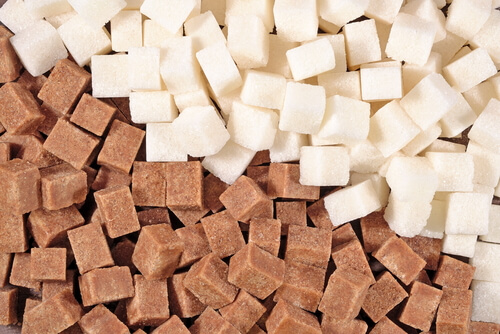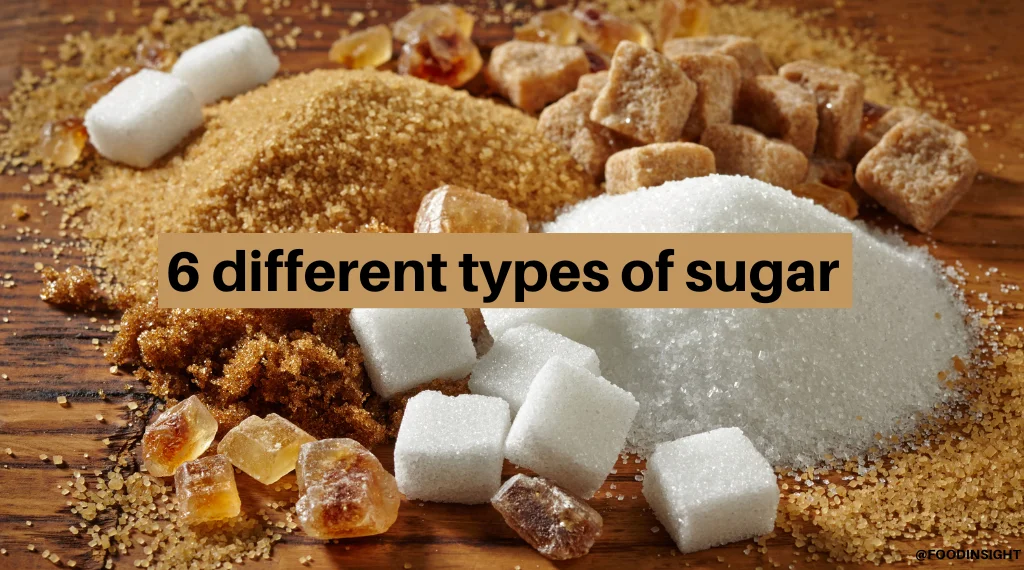The growing techniques for beet sugar vs cane sugar contribute to differences in production scale.
Discovering the Differences in operation and Advantages Between Beet Sugar Vs Cane Sugar
In the culinary globe, the choice in between beet sugar and cane sugar is not just about sweet taste yet includes a nuanced factor to consider of flavor, application, and effect. While both sugars stem from various plants, each undergoes one-of-a-kind production procedures that discreetly influence their characteristics and viability for different dishes.
Beginnings and Production Processes of Beet and Cane Sugar

Walking stick sugar, on the various other hand, comes from the sugarcane plant, a tropical turf native to Southeast Asia but currently grown in tropical zones worldwide - beet sugar vs cane sugar. The production of cane sugar begins with the harvesting of cane stalks, which are squashed to release the juice.

Nutritional Content and Health And Wellness Considerations

When comparing the dietary content of beet sugar and cane sugar, it becomes evident that both types basically supply the exact same calorie values, with around 16 calories per teaspoon and no substantial nutrient diversity. Both sugars, when eaten in excess, can contribute to elevated blood sugar degrees, a risk factor for diabetes mellitus and other metabolic problems. From a health and wellness viewpoint, moderating consumption of any kind of type of sugar, whether from beet or cane, is suggested to avoid these prospective adverse results on well-being.
Flavor Profiles and Culinary Applications
In spite of their comparable chemical frameworks, beet sugar and cane sugar differ subtly in flavor, which can influence their use in numerous cooking contexts. Walking cane sugar typically brings a tip of molasses, even in its refined type, providing a warm, caramel-like undertone that enhances baked products, coffee, and chocolate-based recipes. This small molasses flavor is especially valued in the baking industry for including deepness to desserts and breads. On the various other hand, beet sugar is identified by its extremely fine-tuned, neutral taste, making it a versatile sweetener that does not modify the taste profiles of dishes. This neutrality is particularly useful in delicate recipes, such as light breads, lotions, and some sauces, where the integral flavors of various other active ingredients are planned to stick out. Cooks and food producers may select one type of sugar over the various other based on the dig this preferred flavor outcome of their culinary creations.
Environmental Influence and Sustainability
While both beet and cane sugars are obtained from plants, their ecological influences differ considerably due to the distinct techniques of cultivation and handling required for each. Sugar beet cultivation often includes comprehensive automation, which can increase fossil fuel usage and carbon discharges.
In addition, the processing of sugarcane frequently creates a considerable quantity of waste, consisting of bagasse, which, although useful as biofuel, frequently adds to air contamination if shed inefficiently. Sugar beet handling makes use of even more of the raw materials, resulting in less waste. Both markets deal with obstacles in lowering their ecological footprints, but ongoing developments in agricultural techniques and waste monitoring are intending to boost sustainability.
Economic Variables Affecting the Sugar Market
The financial dynamics of the sugar market are considerably affected by worldwide market needs and profession policies. In regions where sugarcane or sugar beet production is subsidized, manufacturers might have a financial benefit that allows them to provide lower costs on the global market.
Furthermore, variations in global need for sugar, affected by dietary patterns and commercial use in foodstuff, straight impact prices and manufacturing degrees. beet sugar vs cane sugar. Weather conditions additionally play a critical duty, as they can significantly affect plant returns and, as a result, the supply chain. This variability introduces a level of economic uncertainty that more information can lead to financial investment volatility in sugar production fields, affecting choices from growing to market approach
Verdict
In conclusion, both beet and cane sugar have he said one-of-a-kind top qualities that suit various cooking requirements. While cane sugar imparts an abundant flavor ideal for enhancing baked products, beet sugar's neutrality is perfect for lighter dishes.